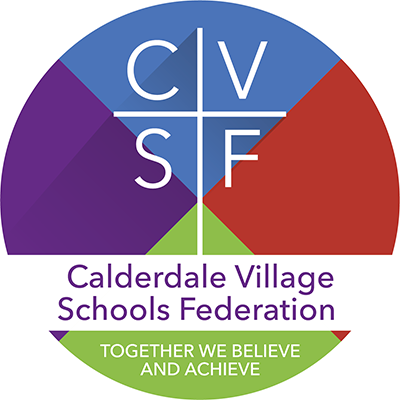
Developing Artists of the future
Art will engage, inspire and challenge pupils, equipping them with the knowledge and skills to experiment, invent and create their own works of art, craft and design. Children will also know how art and design both reflect and shape our history, and contribute to the culture, creativity, diversity and wealth of our nation.
We value Art and Design as an important part of the children’s entitlement to a broad and balanced curriculum. Art and Design provides the children with the opportunities to develop and extend skills whilst expressing their individual interests, thought and ideas.
Art and design inspires, engages and challenges children whilst allowing them to experiment with their own works of art, craft and designs. Our aim is for children to master a wide range of techniques when using different materials. As they progress, we will also provide pupils with the opportunity to critically evaluate and analyse artwork, form opinions and encourage them to use artistic language in discussions.
To ensure high standards of teaching and learning in Art and Design, we implement a curriculum that is progressive throughout the whole school from EYFS to Year 6..
Teachers have a progression document to ensure the curriculum is covered and the skills/knowledge taught is progressive from class to class. Teachers are supported to plan lessons for their class using ‘Plan Bee’ schemes of work as a starting point for skills and knowledge needing to be developed for their class, alongside our school progression of knowledge and skills document.
When teaching Art and Design, teachers also consider the children’s interests as well as in class cross-curricular topics to ensure their learning is engaging, broad and balanced.
Teachers use ‘Planbee’ schemes of work to carefully plan and craft lessons which inspire and challenge the children. Areas covered include sculptures, pointillism, pop art, optical illusions, the impressionist movement and famous fashion. The children also enjoy learning about the artistic styles of a range of famous artists and they develop and build their artistic vocabulary. Each topic allows the children to carefully examine a style of artwork, experiment and explore techniques used by the artist and then apply this to a final piece of work. The topics also allow recall, recap and further development and practice of keyskills through each unit.
A sketch book is used to experiment with Art and Design techniques which children can then review and revisit when creating their final piece. We provide a variety of opportunities for Art and Design enhancements to the Curriculum. We also hold workshops for parents and extra-curricular art clubs in school. These workshops also offer an opportunity for parents to engage with the school and join in with their children’s learning.
Assessment of children’s learning in Art and Design is an ongoing monitoring of children’s understanding, knowledge and skills by the class teacher, throughout lessons. This assessment is then used to inform differentiation, support and challenge required by the children.
Summative assessments take place throughout the year and teachers record the progress and attainment against the National Curriculum expectations. Teachers use this information to inform future lessons; ensuring children are supported and challenged appropriately.
Art and Design is monitored by the subject leader throughout the year in the form of monitoring of learning, looking at outcomes and pupil interviews to discuss their learning and understanding and establish the impact of the teaching taking place. Subject leads talk to classes regularly to undertake quizzes, recap on their most recent learning as well as learning which has taken place previously, maybe in the previous term or year.
























